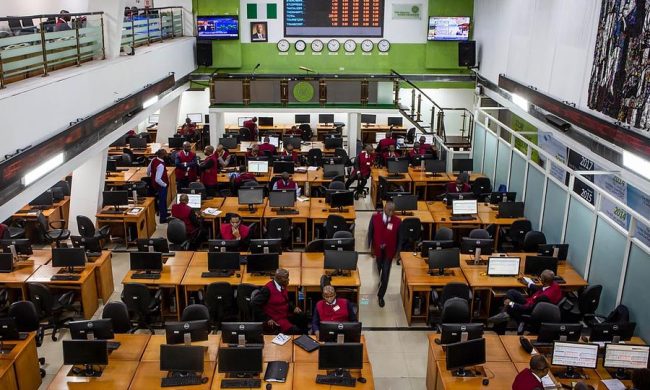Brent crude futures LCOc1 were at $50.54 per barrel at 0241 GMT (10:41 p.m. ET on Thursday), up 7 cents from Thursday, October 27.
Traders said there was reluctance in the market to move prices too far in either direction given the uncertainty over a output cut by the Organization of the Petroleum Exporting Countries and non-OPEC producers, especially Russia.
ANZ bank said on Friday that the crude price “recovery from a three-week low was driven by a report that OPEC may be willing to cut 4 percent from its peak oil output”.
However, other analysts were less optimistic about OPEC’s ability to rally other members or Russia.
“With both Iraq and Iran saying they won’t be part of the cuts for various reasons, and Russia talking freezes not production cuts, the onus will fall on Saudi Arabia to pull any deal together,” said Jeffrey Halley, senior market analyst at brokerage OANDA in Singapore.
“OPEC’s Nov. 30 meeting suddenly seems like a long way away with seemingly half of the group wanting exemptions now.”
BMI Research said “the most likely outcome from the Nov. 30 OPEC meeting will be a watered down agreement to intervene in the oil market” and that “OPEC will struggle to find a consensus on reaching the 32.50-33 million barrel per day production target agreed in September.”
Given the scepticism around OPEC’s output cut and ongoing oversupply, BMI said it sees “a significant downwards move in crude prices (as) increasingly likely over the coming weeks.”













